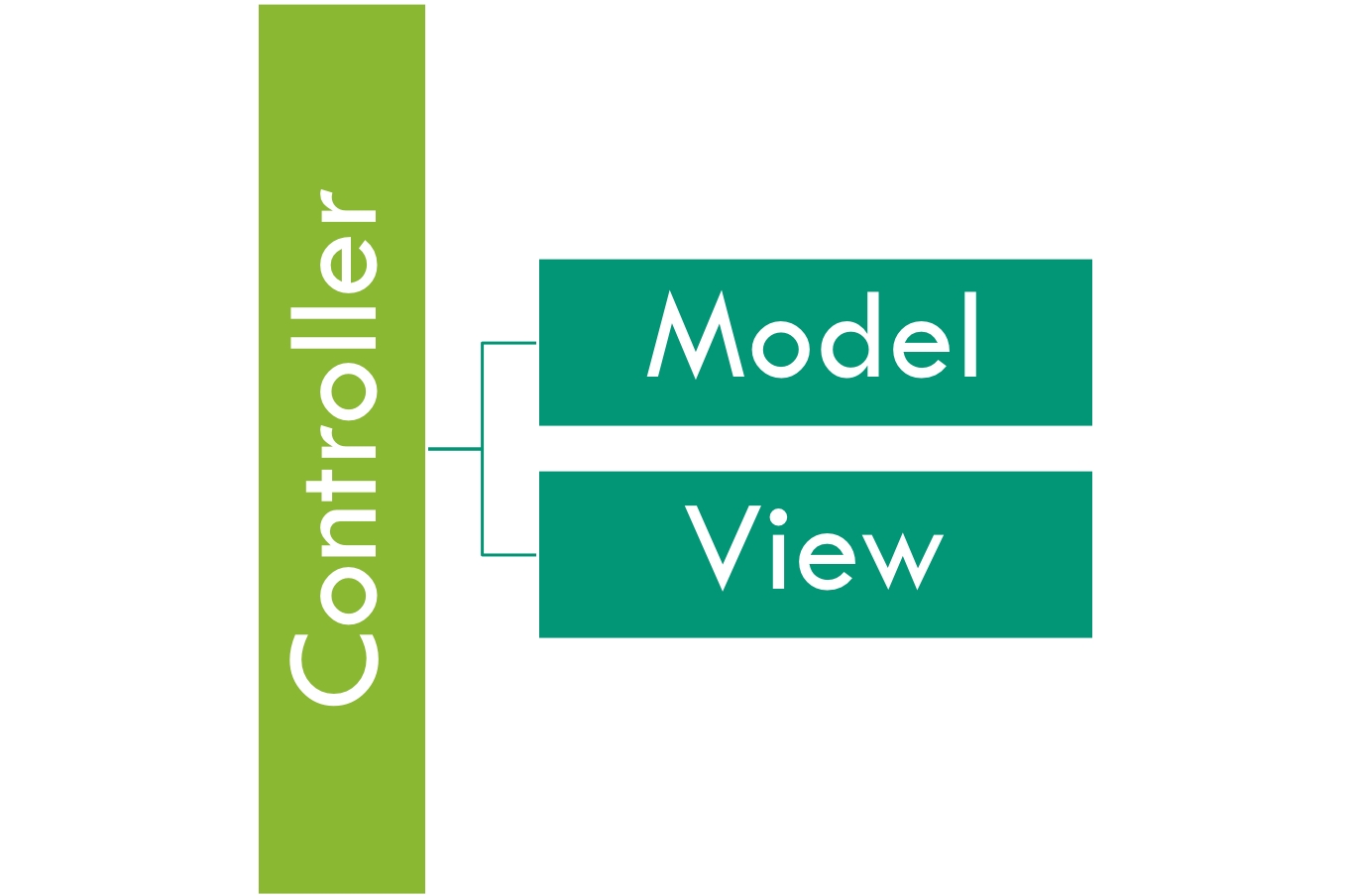Adding A Model

Let's complete our saga into MVC by developing the M, which stands for model. This layer is all your business logic, queries, external dependencies, etc. of your application, which represents the problem to solve or the domain to solve.
WireBox
This layer is controlled by WireBox, the dependency injection framework within ColdBox, which will give you the flexibility of wiring your objects and persisting them for you.
Creating A Service Model
Let's create a simple contact listing, so open up CommandBox and issue the following command:
This will create a models/ContactService.cfc with a getAll() method and a companion unit test at tests/specs/unit/ContactServiceTest.cfc. Let's open the model object:
Notice the singleton annotation on the component tag. This tells WireBox that this service should be cached for the entire application lifespan. If you remove the annotation, then the service will become a transient object, which means that it will be re-created every time it is requested.
Add Some Data
Let's mock an array of contacts so we can display them later. We can move this to a SQL call later.
We also have created a project to mock any type of data: MockDataCFC. Just use CommandBox to install it: install mockdatacfc
You can then leverage it to mock your contacts or any simple/complex data requirement.
Wiring Up The Model To a Handler
We have created our model, so let's tell our event handler about it. Let's create a new handler using CommandBox:
This will create the handler/contacts.cfc handler with an index() action, the views/contacts/index.cfm view and the accompanying integration test tests/specs/integration/contactsTest.cfc.
Let's open the handler and add a new ColdFusion property that will have a reference to our model object.
Please note that inject annotation on the property definition. This tells WireBox what model to inject into the handler's variablesscope.
By convention, it looks in the models folder for the value, which in our case, is ContactService. Now let's call it and place some data in the private request collection prc so our views can use it.
Presenting The Data
Now that we have put the array of contacts into the prc struct as aContacts, let's display it to the screen using ColdBox's HTML Helper.
The ColdBox HTML Helper is a companion class in all layouts and views that allows you to generate semantic HTML without the needed verbosity of nesting or binding to ORM/Business objects.
Open the contacts/index.cfm and add the following to the view:
Note: If your models are singletons, they will persist for the lifespan of your ColdFusion application. To see code changes for singletons, you have to reinit the framework by using the ?fwreinit={password} Url action or via CommandBox using coldbox reinit. Please check out the API Docs to discover CommandBox: [https://apidocs.ortussolutions.com/commandbox/current/index.html]
That's it! Execute the event: http://localhost:{port}/contacts/index and view the nice table of contacts being presented to you.
Congratulations, you have made a complete MVC circle!

Tip You can find much more information about models and dependency injection in our full docs
Was this helpful?